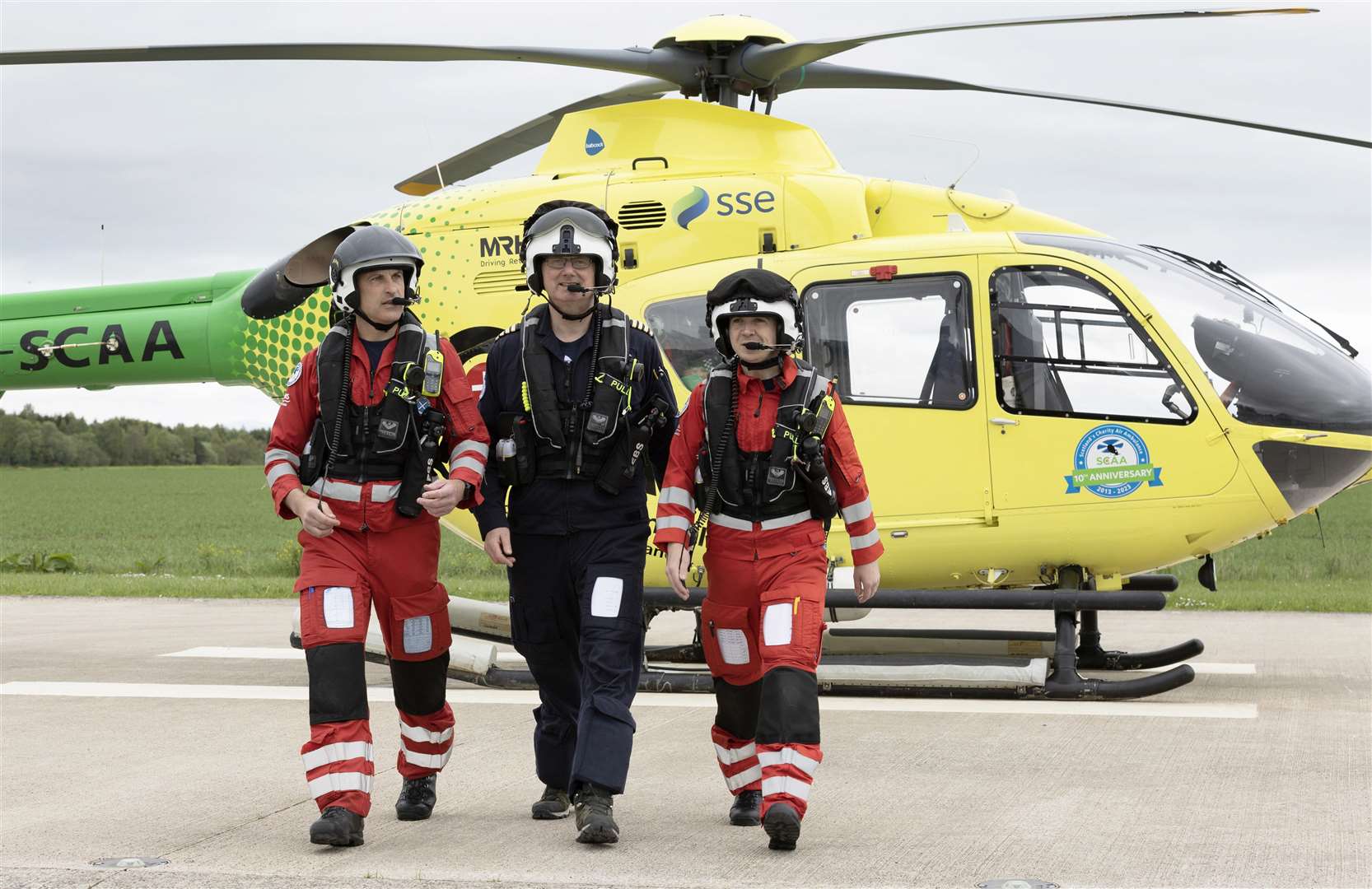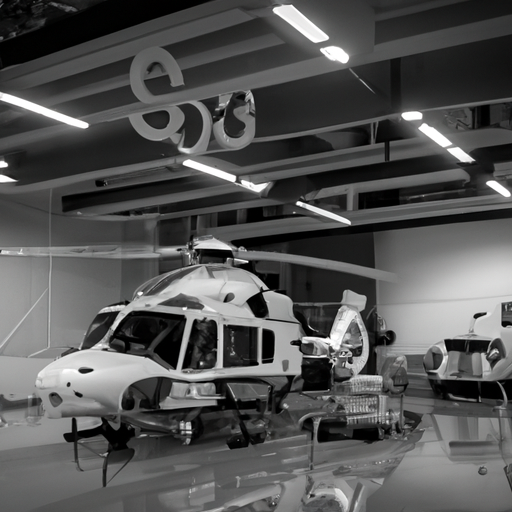When it comes to air ambulance services, we often tend to focus on the medical professionals who provide critical care to patients in the air. However, one vital element that often gets overlooked is the role of the pilots themselves. These highly skilled individuals play a crucial role in ensuring the safe transportation of patients from one location to another. From navigating through challenging weather conditions to maintaining the aircraft’s stability, their expertise is essential in the success of air ambulance missions. In this article, we will explore the indispensable role that pilots play in air ambulance services and how their skills and training make a difference in saving lives. So, buckle up and prepare to learn more about the unsung heroes of the skies – the pilots of air ambulances.
The Importance of Pilots in Air Ambulance Services
When it comes to air ambulance services, pilots play a crucial role in ensuring the safe and efficient transportation of patients. They are responsible for operating the aircraft, navigating through challenging terrains and weather conditions, and coordinating with medical crews and ground staff. Without skilled and experienced pilots, air ambulance services would not be able to function effectively. In this article, we will explore the various aspects of a pilot’s role in air ambulance services and highlight their importance in providing timely and life-saving medical transportation.

Ensuring Safe Aircraft Operation
One of the primary responsibilities of pilots in air ambulance services is ensuring the safe operation of the aircraft. This involves conducting thorough pre-flight checks to examine the aircraft’s condition and ensure that all systems are functioning properly. They also closely monitor the aircraft systems during flights to detect any anomalies or malfunctions that may require immediate attention. Pilots are trained to handle emergencies in flight and are well-versed in landing and takeoff procedures to ensure a smooth and safe journey for both the medical crew and patients.
Piloting Skills and Experience
Piloting skills and experience are paramount in air ambulance services. Pilots must have expertise in flying different types of aircraft to cater to varying mission requirements. They need to be capable of handling challenging terrains and adverse weather conditions to ensure the safety of everyone on board. Navigational skills are also crucial, as pilots are tasked with planning optimal routes, avoiding restricted areas, and determining fuel requirements. Precision, attention to detail, and the ability to make informed decisions and solve problems quickly are essential qualities that pilots possess.

Emergency Response
Medical emergencies can occur during air ambulance flights, and pilots play a critical role in responding rapidly and appropriately. They need to make quick decisions in high-pressure situations, ensuring the safety and well-being of patients and crew members. Efficient communication with the medical crew is essential for pilots to understand the nature of the emergency and provide necessary assistance. Pilots are trained in handling in-flight medical emergencies and can coordinate with ground emergency services to ensure a seamless transition of care upon landing. They must also adapt to unpredictable situations and adjust plans accordingly to maintain the safety and stability of the flight.
Navigation and Route Planning
Navigating through the skies requires careful planning and analysis. Pilots must have a comprehensive understanding of airspace regulations to ensure compliance during flights. They analyze weather conditions to assess potential hazards and make real-time decisions based on weather changes. Pilots are responsible for selecting optimal routes that minimize flight time and fuel consumption while prioritizing safety. By avoiding restricted areas and making informed choices, they ensure that air ambulance services operate efficiently and reach their destinations as quickly as possible.

Weather Monitoring
Weather monitoring is a crucial aspect of a pilot’s responsibilities in air ambulance services. Before every flight, pilots assess weather forecasts to determine any potential challenges they may encounter. Recognizing weather hazards is essential for making informed decisions and ensuring the safety of the aircraft and its occupants. Pilots must continuously monitor weather changes during flights and adjust plans accordingly. By making real-time decisions based on weather conditions, they can ensure a smooth and safe journey for patients and medical crew members.
Communication and Coordination
Effective communication and coordination are essential for the success of air ambulance services. Pilots need to establish clear and concise communication with air traffic control to navigate through busy airspace. They collaborate closely with the medical crew on board to ensure smooth operations and provide assistance as required. Pilots coordinate with ground staff to facilitate the transfer of patients upon landing, ensuring a seamless transition to the receiving medical facility. They also liaise with hospital personnel to exchange vital information about the patient’s condition. Keeping patients’ families updated on the progress of the flight is another crucial aspect of communication for pilots in air ambulance services.
Ensuring Patient Comfort and Care
In addition to their technical responsibilities, pilots also play a role in ensuring the comfort and care of patients during air ambulance flights. They perform gentle takeoffs and landings to minimize patient discomfort. Pilots closely monitor and address patient needs throughout the journey, working in tandem with the medical crew to provide optimal care. Maintaining cabin temperature and pressure at appropriate levels is essential for the well-being of patients, especially those with delicate medical conditions. Pilots also take measures to minimize the effects of turbulence, prioritizing patient safety and comfort at all times.
Time Management
Time management is critical in air ambulance services, where every second counts. Pilots must prioritize critical cases based on medical urgency and coordinate with medical facilities to optimize flight schedules. Efficiency in turnaround times is crucial to minimize delays and expedite the transportation process. By managing time effectively, pilots ensure that patients receive timely medical care and are able to reach their destinations as quickly as possible.
Fatigue Management
A pilot’s job can be physically and mentally demanding, requiring high levels of concentration and alertness. Fatigue management is crucial to ensure their performance and decision-making abilities are not compromised. Pilots in air ambulance services follow strict regulations and guidelines to manage fatigue effectively. They undergo regular rest periods and schedule rotations to maintain their well-being and ensure they are in a fit state to fly and carry out their responsibilities safely.
Continuous Training and Skill Development
Aviation is a constantly evolving field, and pilots in air ambulance services must stay up to date with the latest regulations and advancements. Continuous training and skill development are essential to ensure that they maintain their proficiency and adapt to new technologies and procedures. Pilots participate in simulator and emergency drills to enhance their abilities in handling different scenarios. They also attend medical training programs to improve their understanding of critical care and medical procedures. By engaging in continued education in aviation and medicine, pilots in air ambulance services can provide the highest level of care and safety for their patients.
In conclusion, pilots play an indispensable role in air ambulance services. Their expertise, skills, and experience are essential for ensuring safe aircraft operation, handling emergencies, navigating through challenging conditions, and coordinating with medical crews and ground staff. Pilots must possess a wide range of abilities, including effective communication, time management, and attention to detail. Continuous training and skill development are key to staying current with industry regulations and delivering optimal care. Without the dedication and professionalism of pilots, air ambulance services would not be able to provide the timely and life-saving medical transportation that is so crucial in critical situations.



